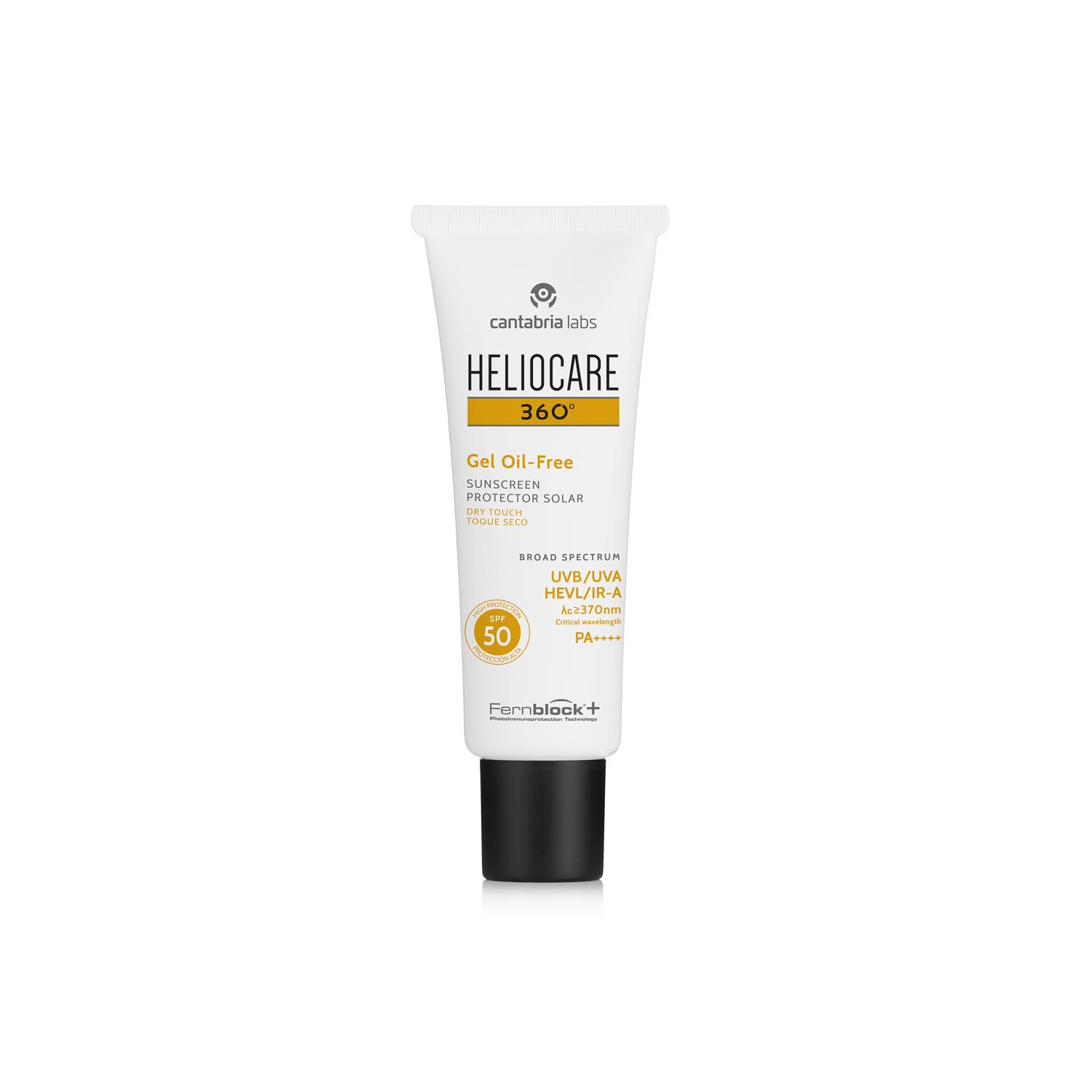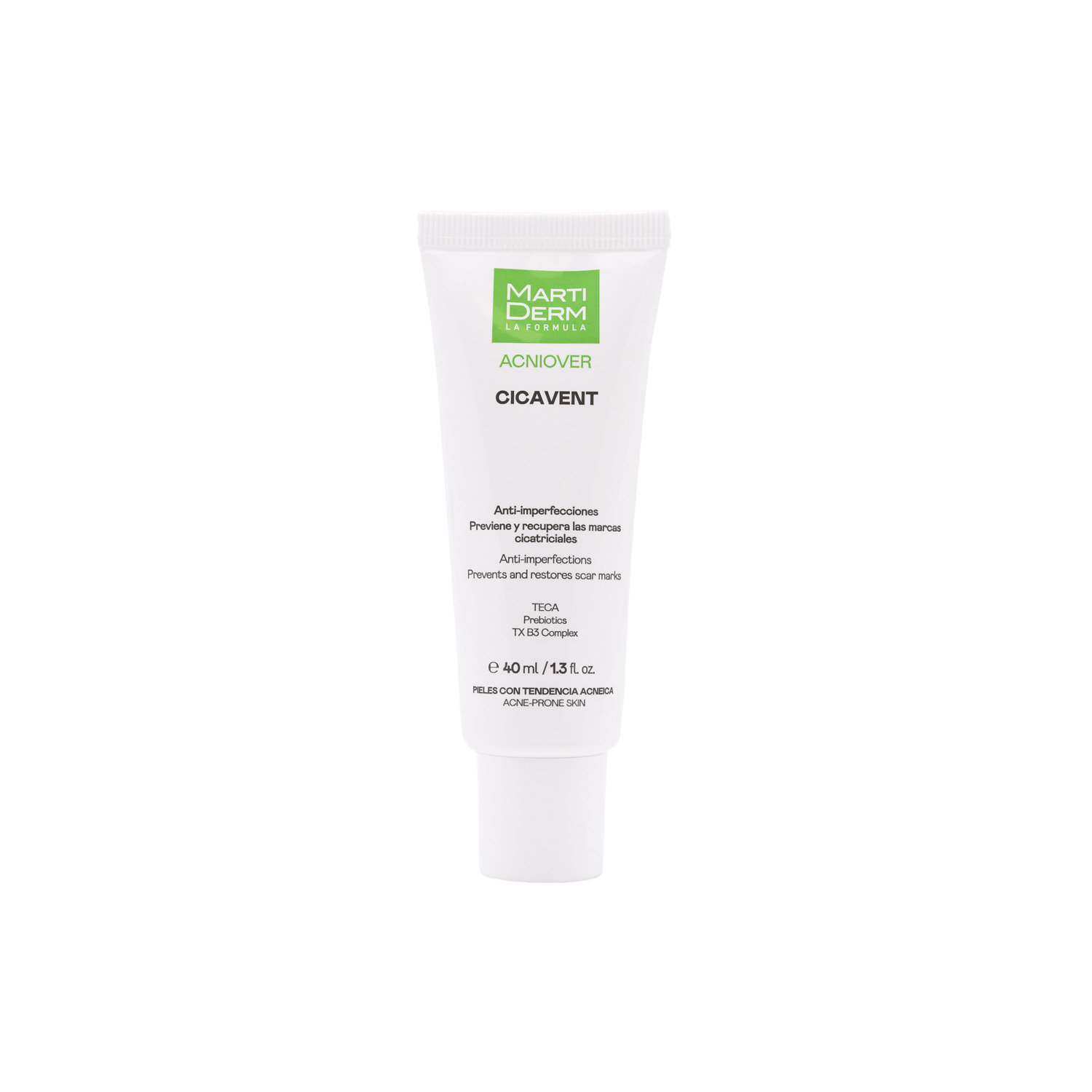Acne in adolescence
For many it’s just a few “pimples”, for others it’s “an age thing”...

For many, they are just some “pimples,” for others, it’s “something that comes with age,” and for many more, it is something that will resolve spontaneously over time.
But is this how adolescents suffering from this condition view the matter?
The answer will always depend on the personality of the young person in question. However, I emphasize that it is a problem that should be taken seriously and addressed appropriately according to its severity. With the aim of preserving the physical and mental health of the adolescent in question. Because, many times, the presence of acne affects their self-esteem and their relationship with others.
How does acne appear?
It is a disease that involves sebaceous follicles, leaving them with excess sebum (oil) and dead cells.
During adolescence, it is primarily caused by hormonal changes. Affecting about 80% of individuals in this age group.
It appears earlier in females but is more severe in males.
What are the factors that induce its appearance?
• Genetics;
• Hormonal changes;
• Follicular obstruction;
• Skin inflammation;
• Stress;
• Application of inappropriate products;
• Bacterial proliferation (Cutibacterium Acnes);
• Excessive consumption of sugars.
Where does it manifest?
It generally affects the central area of the face and the upper part of the trunk.
The first warning sign is an increase in oiliness, which can later evolve into inflammatory lesions (papules, pustules, nodules, or cysts), culminating in the appearance of spots and scars.

What are the types of acne?
• Mild: Treated with topical therapy (e.g., retinoids and benzoyl peroxide);
• Moderate: Treatment is oral (e.g., isotretinoin);
• Severe: A combination of topical and oral treatments is essential. Surgery may be considered for cysts and scars.
What is the appropriate skincare routine?
• Mild acne
– Cleanse and hydrate with products capable of controlling oiliness without compromising the skin barrier;
– Non-comedogenic sunscreen;
– Renewing cream in the night routine to prevent marks and scars.






• Moderate acne
– Cleanse and hydrate to counteract the dryness caused by oral treatments typical of this type of acne;
– The skincare routine should be adjusted to the pharmacological treatment in question and according to each individual and their needs.




